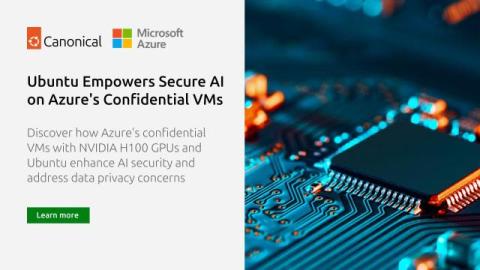What is the Cyber Resilience Act (CRA)? | Open Source Cybersecurity
Today, compliance is more important than ever before. As part of our #CybersecurityAwareness month series, we’re sharing essential insights on security compliance. Watch as Cédric Gégout, VP of Product Management at Canonical, breaks down the key aspects of the Cybersecurity Resilience Act (CRA), a new regulation set to take effect in 2027. In the video, you’ll learn what CRA is, how it classifies products, and what it means for your organization.











